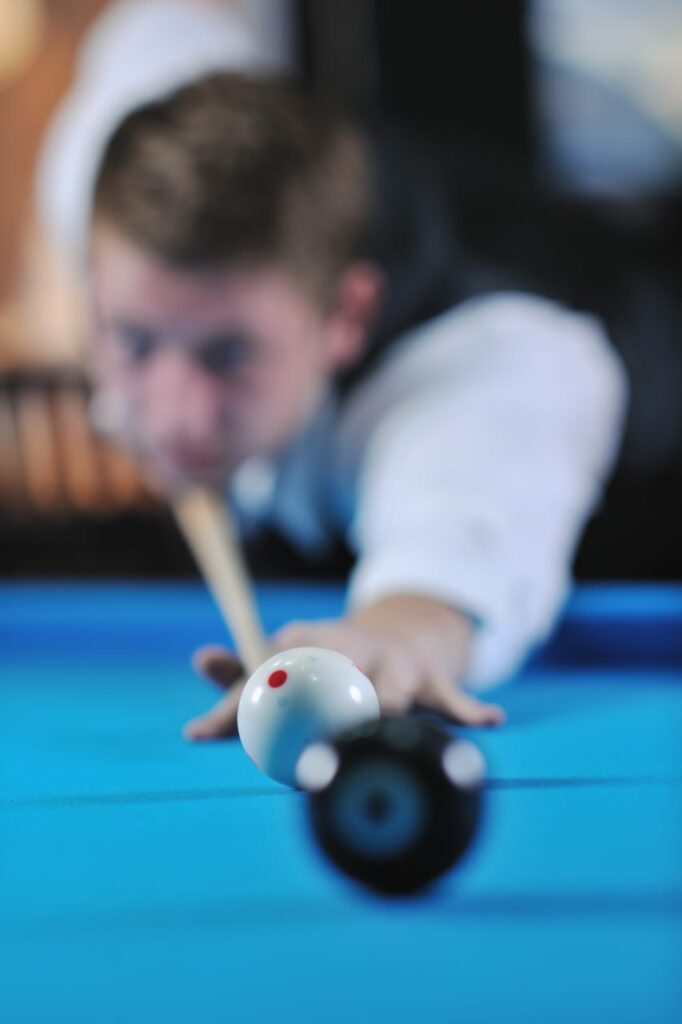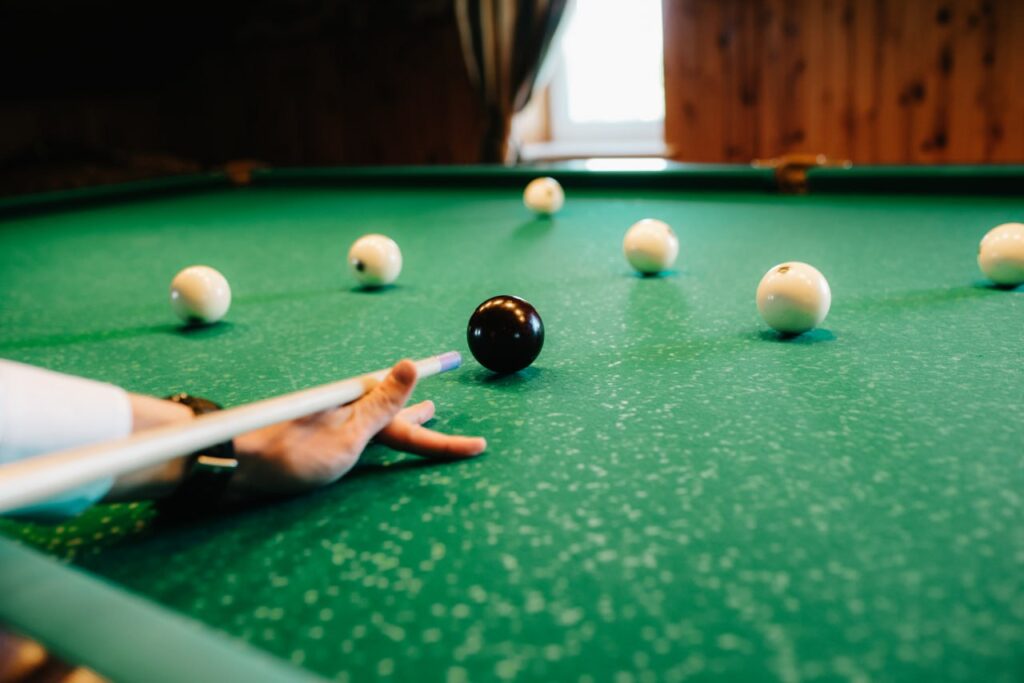Billiards, often considered a gentleman’s game, has a rich history and many varieties. It combines geometry, logic, excitement, grace and perseverance — all the necessary qualities to become a favorite hobby for many and a lifelong endeavor for a few. This sport has had a long and fascinating path of development, which is worth learning about.
A Brief History of Billiards
Billiards is believed to have originated in the 15th century in Northern Europe, particularly in France. It was originally an outdoor game resembling croquet. Over time, it migrated indoors and evolved into the table game we know today. The first mention of billiards dates back to the 1470s, when it was described as “a table on which billiards is played”.
The game gained popularity among the aristocracy and royalty. King Louis XI of France had a billiard table, and the popularity of the game spread throughout Europe. By the 17th century, billiards became a favorite pastime of the nobility, and tables adorned the homes of wealthy people.
As billiards developed, the equipment and rules of the game changed. Initially, wooden sticks were used to hit balls. Later they were replaced by clubs, and in the XVIII century the modern cue stick was developed. The design of the table also underwent significant changes: rubber cushions and slate pads appeared, which increased the comfort of the game.
Types of Billiard Games
Billiards encompasses several distinct games, each with its own set of rules and playing style. Here are the most popular types:
- Pool: Known as pocket billiards in the United States, pool has several variations, including eight-ball, nine-ball, and straight pool. Played on a table with six pockets, the objective is to pocket balls in a specific order or grouping.
- Snooker: Originating in India during British colonial rule, snooker is played on a larger table with smaller pockets. The game involves potting a sequence of colored balls to score points.
- Carom Billiards: Unlike pool and snooker, carom billiards is played on a pocketless table. The objective is to score points by caroming one’s cue ball off both the opponent’s cue ball and the object ball.
Each of these variations has its own unique strategies and appeal, contributing to billiards’ broad popularity.
Popularity in Different Regions
Billiards’ global spread began in earnest during the 19th century. European colonization and trade routes played significant roles in introducing the game to different parts of the world. 
Europe and North America
In Europe, billiards remained a popular pastime, with countries like England and France being central to its development. In the United States, pool halls became social hubs in the 20th century, popularizing the game among the working class.
Asia
In Asia, particularly in countries like China and India, billiards gained traction in the 20th century. The establishment of professional leagues and the success of Asian players in international competitions have boosted the game’s popularity.
Africa and Latin America
Billiards also found a foothold in Africa and Latin America. In Latin America, the game is often associated with social gatherings and is played in bars and clubs. African nations have seen growing interest, with efforts to organize regional tournaments and leagues.
Modern World of Billiards
Today, billiards continues to thrive around the world, winning the hearts of new fans around the globe. The creation of international governing bodies such as the World Billiards Association (WPA) and the International Billiards and Snooker Federation (IBSF) helped to standardize the rules and popularize the sport worldwide.
Its rich history, diverse variations and global reach make it an exciting and long-lasting game. Whether played casually in a local bar or competing on the world stage, billiards remains a favorite and timeless pastime.

